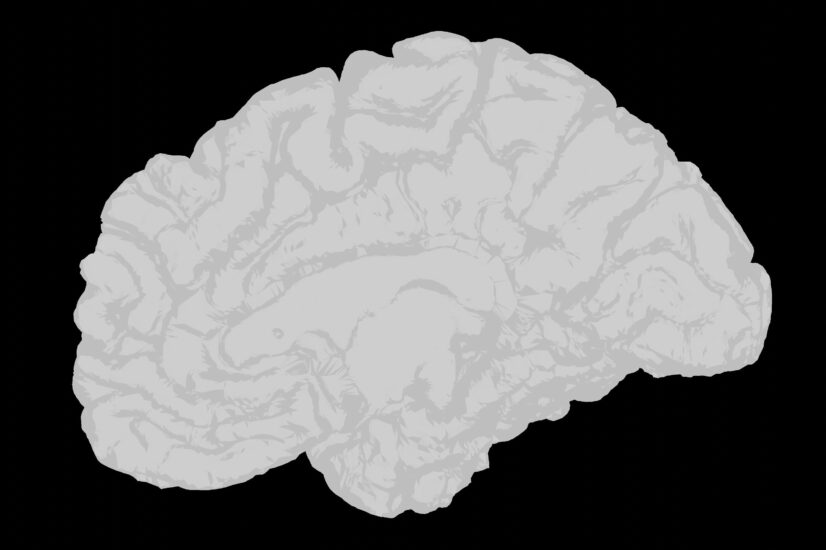The central nervous system (CNS), made up of the brain and spinal cord, has a specialized immune system that historically has been considered isolated from the immune system that serves the rest of the body. However, recent research has challenged this idea by demonstrating an intricate relationship between the two. Newly discovered skull channels connect bone marrow within the skull with the protective layers surrounding the brain, suggesting that the bone marrow contributes white blood cells to guard the CNS. This discovery has overturned the previous belief of an impermeable CNS and highlights a specialized form of neuroimmune communication. The exact mechanisms of this interaction and its implications for CNS health and disease still are being determined, but the presence of these channels signifies a major advance in our understanding of neuroimmune interactions.
***********************
Recent findings are reshaping our understanding of the central nervous system (CNS) and its interaction with the body’s immune system. For decades, the CNS has been considered an immune-privileged fortress isolated from the immune system that serves the rest of the body. However, the discovery of bone channels (also known as skull channels) tells a different story. These channels act as conduits between the body’s immune system and the CNS, providing a direct and dynamic way to monitor and respond to the needs of the CNS.
The body’s immune system relies on white blood cells, which are produced, along with other blood cell types, in the bone marrow. In a process known as hematopoiesis, stem cells are created and converted into the various blood cells needed by the body. These stem cells live in specific microenvironments, or niches, within the bone marrow that influence their conversion into mature blood cells. For example, the stem cells in one niche will become white blood cells, while those in another will become red blood cells.
Skull channels connect bone marrow in the skull with the meninges, the brain’s protective membranes. The brain is suspended in cerebrospinal fluid (CSF), which provides nutrients and acts as a protective cushion. However, too much movement in its fluid environment could damage the brain, so membranes known as the meninges anchor the brain to the skull. This allows the brain to have the protection of a fluid cushion but the security of an anchor.
The skull channels between the skull bone marrow and the meninges serve as a highway for immune cells. This newly found relationship challenges the long-held belief that the brain is sequestered from the body’s immune system. Instead, it suggests a constant, vigilant patrol of the brain’s environment. There is also evidence that the meninges might house niches similar to the ones seen within bone marrow that influence how stem cells mature into specific blood cell types.
Perhaps the most intriguing aspect of skull channels is that they allow for bidirectional communication between the brain and the bone marrow. Immune cells migrate from the marrow through the channels to patrol the meninges, ready to respond to damage or disease. But the dialogue doesn’t end there. The CSF also can move through these channels to the bone marrow, potentially delivering signals that influence immune cell production. This interplay suggests that the brain can, in a sense, guide its immune defense based on specific needs or threats.
The implications of skull channels are vast, touching on numerous aspects of the CNS and diseases. For instance, in stroke, where rapid immune response is crucial, skull channels may provide a fast track for immune cells to reach and repair the damaged area. Similarly, in conditions like multiple sclerosis and Alzheimer’s disease, understanding the role of these channels could lead to novel therapeutic strategies aimed at influencing the immune response or even preventing the progression of the disease.
As with most scientific discoveries, finding skull channels leads to more questions and areas of investigation. The exact mechanisms of immune cell migration through these channels, the full scope of their role in various diseases, and how they might be harnessed for therapeutic interventions are all fertile ground for research. Moreover, the potential changes in these channels with aging and their role in the aged brain’s immune function present new and intriguing avenues for exploration.
The revelation that skull channels act as a route for immune surveillance of the CNS is a testament to the complexity of the brain and its defenses. It challenges the dogma of the brain’s immunological isolation, suggesting instead a deeply interconnected system poised for both protection and repair. As researchers unravel more about these skull pathways, we gain a deeper and more nuanced understanding of neuroimmunity.
Published in Nature Neuroscience
Jonathan Kipnis, Ph.D., Washington University School of Medicine in St. Louis
Matthias Nahrendorf, M.D., Ph.D., Massachusetts General Hospital/Harvard Medical School
Skull bone marrow channels as immune gateways to the central nervous system








